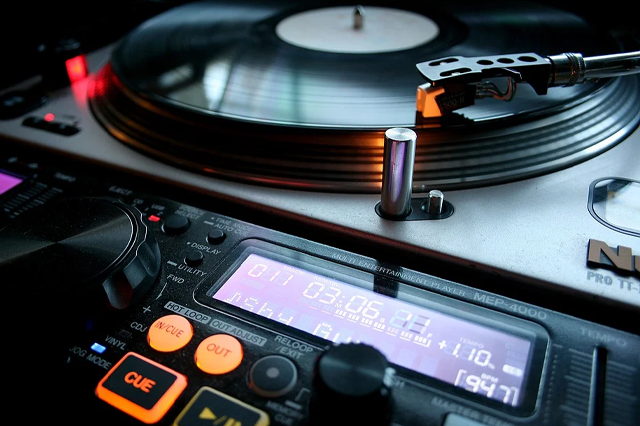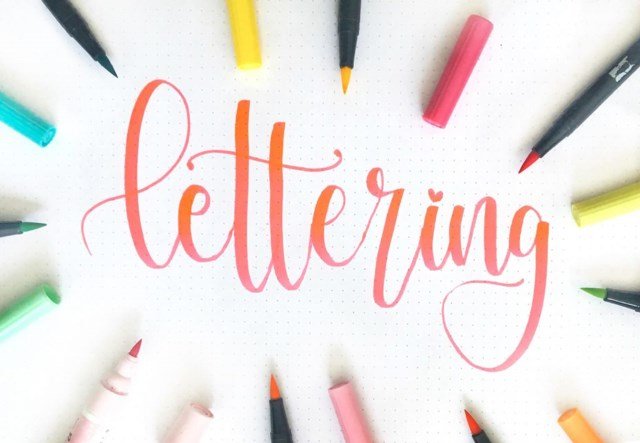What Are the Primary, Secondary and Tertiary Colors?
If you like any type of color art, knowing the colors is essential when working. Since we were little we knew that not all were the same, since for example if you mixed the color blue with the color yellow, the color green would come out.
We have three types of color, primary, secondary and tertiary. These colors must be known very well since, as I have already mentioned, not all are the same. The main utility of knowing them is that we can save a lot of money on paints since from the primary color we can create the rest of the colors.

For this reason, from doncomos.com, we are going to explain what they are by explaining and saying which is which. In this way, you will be able to know exactly which color to buy and which color to create from another.
What do you need
- Read in detail the instructions that follow to know the primary, secondary and tertiary colors.
Instructions
- Primary colors:
First of all, we are going to talk about the most basic colors that exist, that is, the primary colors. These colors are called primary because they are the simplest and cannot be obtained by mixing other colors. There are three, cyan blue (light blue), magenta (dark pink) and yellow. From these three, we can mix them and in different combinations create the other colors, not needing to buy more than paint of these three colors. - Secondary colors:
They are the next ones on the list, since they only require a couple of mixtures of primary colors to create them. To do this, we will mix two primary colors in the same proportion. We will have the aforementioned green (cyan blue and yellow) and other colors such as pink. - Tertiary colors:
For these colors, we are going to mix a primary color with a secondary color or also mix several secondary colors with each other. Here we have a wide range of colors, having for example red (orange and magenta). You can also create variants of existing colors but with another hue, for example dark blue or orange-yellow. - Quaternary colors:
They are similar to tertiary colors, but with the difference is that they are even more mixed, because here tertiary colors are also mixed with other colors or with each other. If for example, we mix the violet color with the orange yellow color we will have an olive green. The range of these colors is practically infinite, therefore we will have millions of examples. - Black and white:
These colors have not been mentioned above because they have special characteristics that do not make them fall within any classification. White is the totality of color and light, that is, it is achieved by mixing all the primary colors (additive synthesis). As for the black color, it is the absence of light and color, which is also achieved by mixing all the primary colors (subtractive synthesis), the main difference being light. - To know more about the primary, secondary and tertiary colors here we give you much more information What are the Primary, Secondary and Tertiary Colors
Tips
- Curiosity with printers: If you look closely, we have a curious example of the use of primary colors in art. In the case of printers, we can see that the ink cartridges they use are of the three primary colors (cyan blue, magenta and yellow) and black. With these three colors we can print any color we want without having to have a thousand printer ink cartridges for each color. If you pay attention, when we run out of the black ink cartridge, we will get a warning that we can continue printing in composite black, that is, in a black created from the mixture of the three primary colors. This is the best example I know of how with the three primary colors we can create the entire color gamut in the world.
- Creativity: I have only mentioned a few colors that exist in the world, but there are practically infinite combinations of colors that we can create. What I mean by this is that you are a person with high creativity and start mixing all the shades of colors to find out all the color combinations. You can write down the combinations you discover in a notebook so you can create your favorite colors from the primary colors, without having to spend more money on paint than necessary.
- The use of black and white: These three colors can also be used to create other colors. For example, if we mix both we will have the famous gray, if we use white on a private color we will get a lighter modality of that color and if we use black instead, the tonality will be darker. Black variants can also be obtained, with small shades of gray or very dark colors very close to black.






